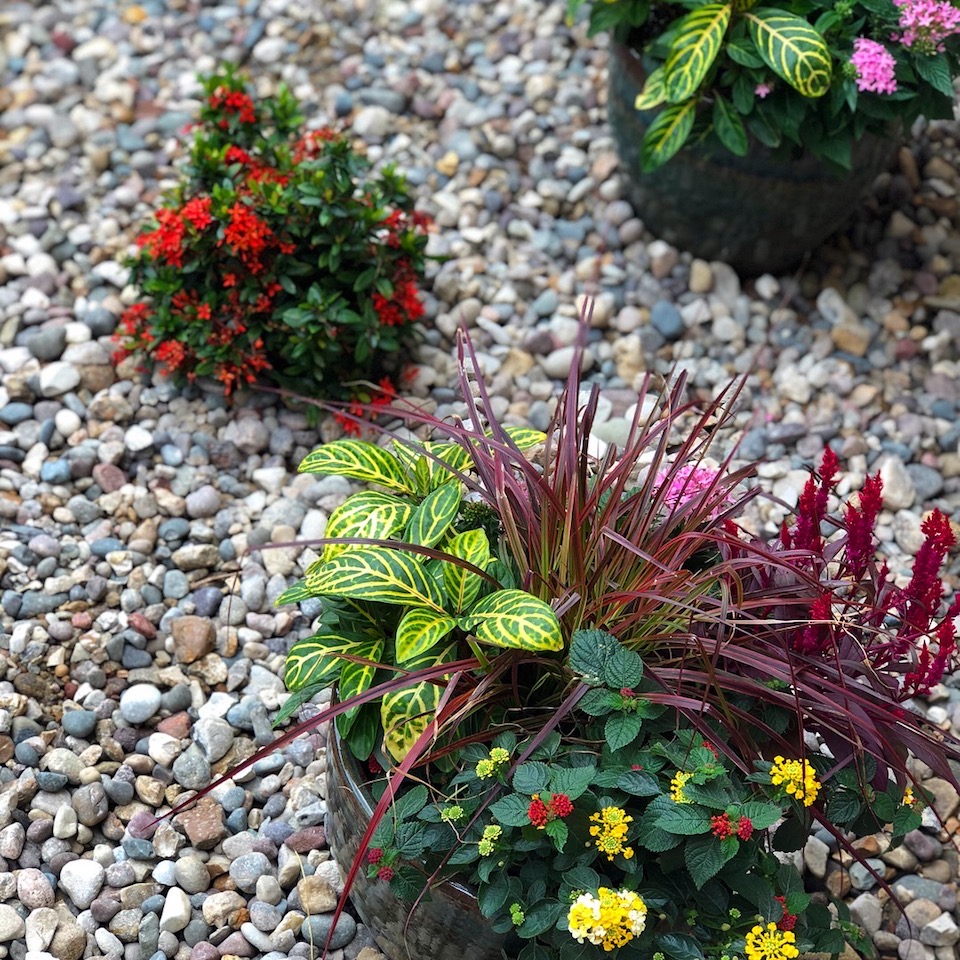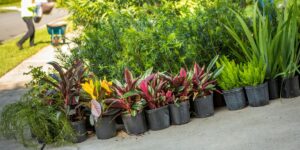In regions with water scarcity, such as Florida, it is essential to adopt sustainable landscaping practices that save water and preserve the environment. Xeriscaping is a smart approach that allows you to create a beautiful and low-maintenance garden by using native plants, efficient irrigation techniques, ground cover, and other water conservation practices. In this article, we will explore the concept of xeriscaping and how homeowners can implement it to create a sustainable and stunning garden. Learn how to save water and contribute to environmental preservation through conscious landscaping.
Suggested Cover Image: A photo of a xeriscape garden in Florida, featuring native plants, rocks, and an efficient drip irrigation system. The image should convey the idea of a lush and sustainable garden even in water-scarce conditions.
Choice of Native Plants: When adopting xeriscaping, it is important to select native plants that are naturally adapted to Florida’s climate and soil conditions. These plants require less water, are more resistant to diseases and pests, and promote local biodiversity. Additionally, native plants can provide habitat for birds and beneficial insects, contributing to a healthy ecosystem.

Layout Planning: Careful layout planning is crucial to maximize water efficiency. Group plants according to their water needs, creating specific irrigation zones. Place plants that require more water near water sources and those that require less water in more distant areas. This will ensure that each plant receives the ideal amount of water and avoids wastage.
Efficient Irrigation Techniques: Utilize efficient irrigation techniques such as drip irrigation or the use of smart programmable sprinklers. Drip irrigation delivers water directly to the plant roots, minimizing evaporation and waste. Smart programmable sprinklers automatically adjust the irrigation timing based on weather conditions, avoiding unnecessary irrigation on rainy days.
Ground Cover: Ground cover is an important practice to conserve soil moisture, reduce evaporation, and inhibit weed growth. Use mulch such as tree bark, straw, or rocks around plants. This also contributes to an aesthetically pleasing and low-maintenance landscape.
Water Conservation Practices: In addition to the mentioned techniques, there are other water conservation practices that can be applied in xeriscaping. Collecting rainwater in cisterns and reusing it for irrigation is an excellent way to reduce the use of potable water. It is also important to avoid excessive use of fertilizers, as this can lead to water waste due to increased irrigation needs.
Xeriscaping is a sustainable approach to landscaping, especially in water-scarce regions like Florida. By adopting xeriscaping, homeowners can create beautiful, low-maintenance, and environmentally conscious gardens. By using native plants, efficient irrigation techniques, ground cover, and other water conservation practices, it is possible to save water and preserve the environment. Do your part and create a sustainable garden that will delight you while contributing to the health of our planet.




